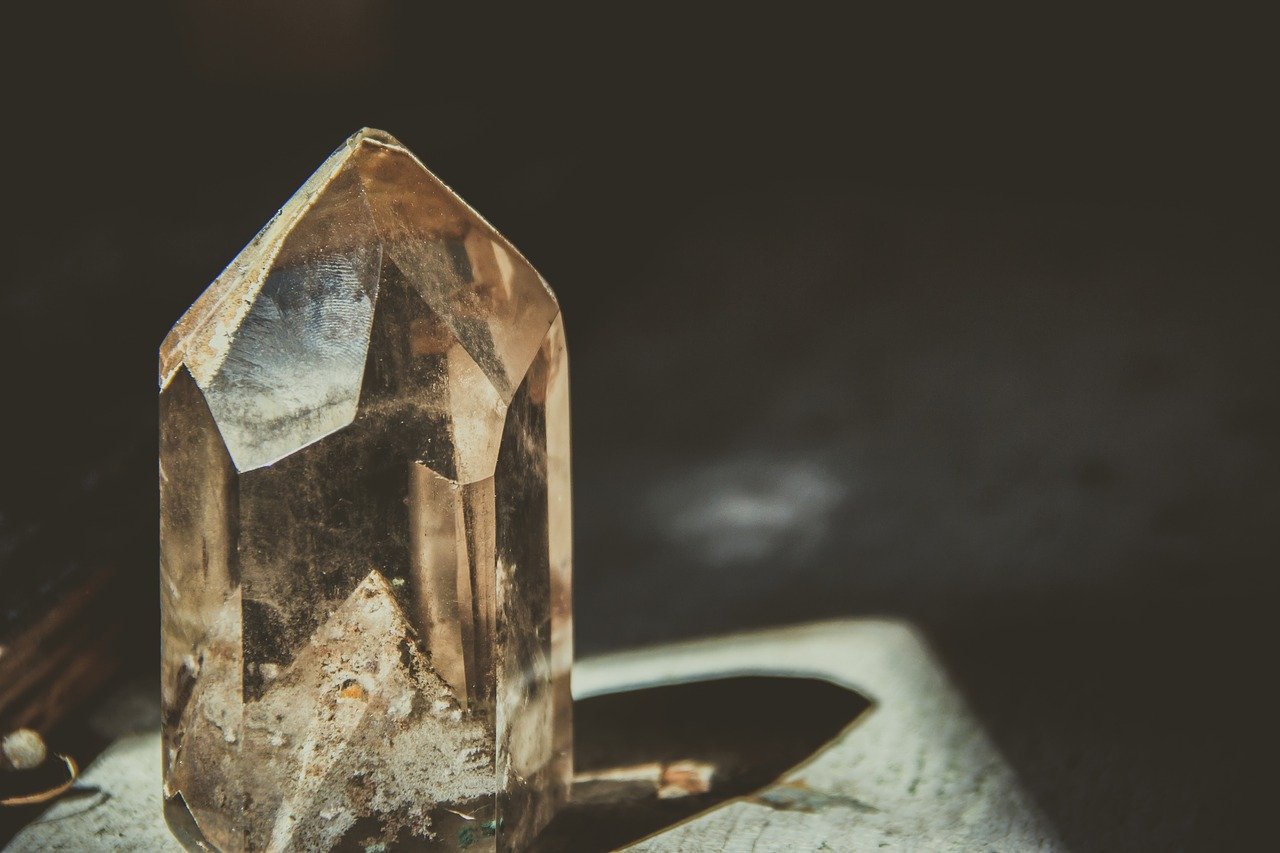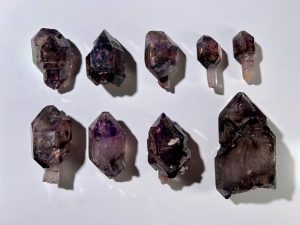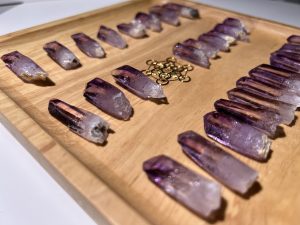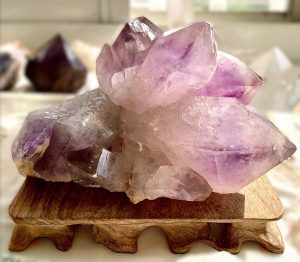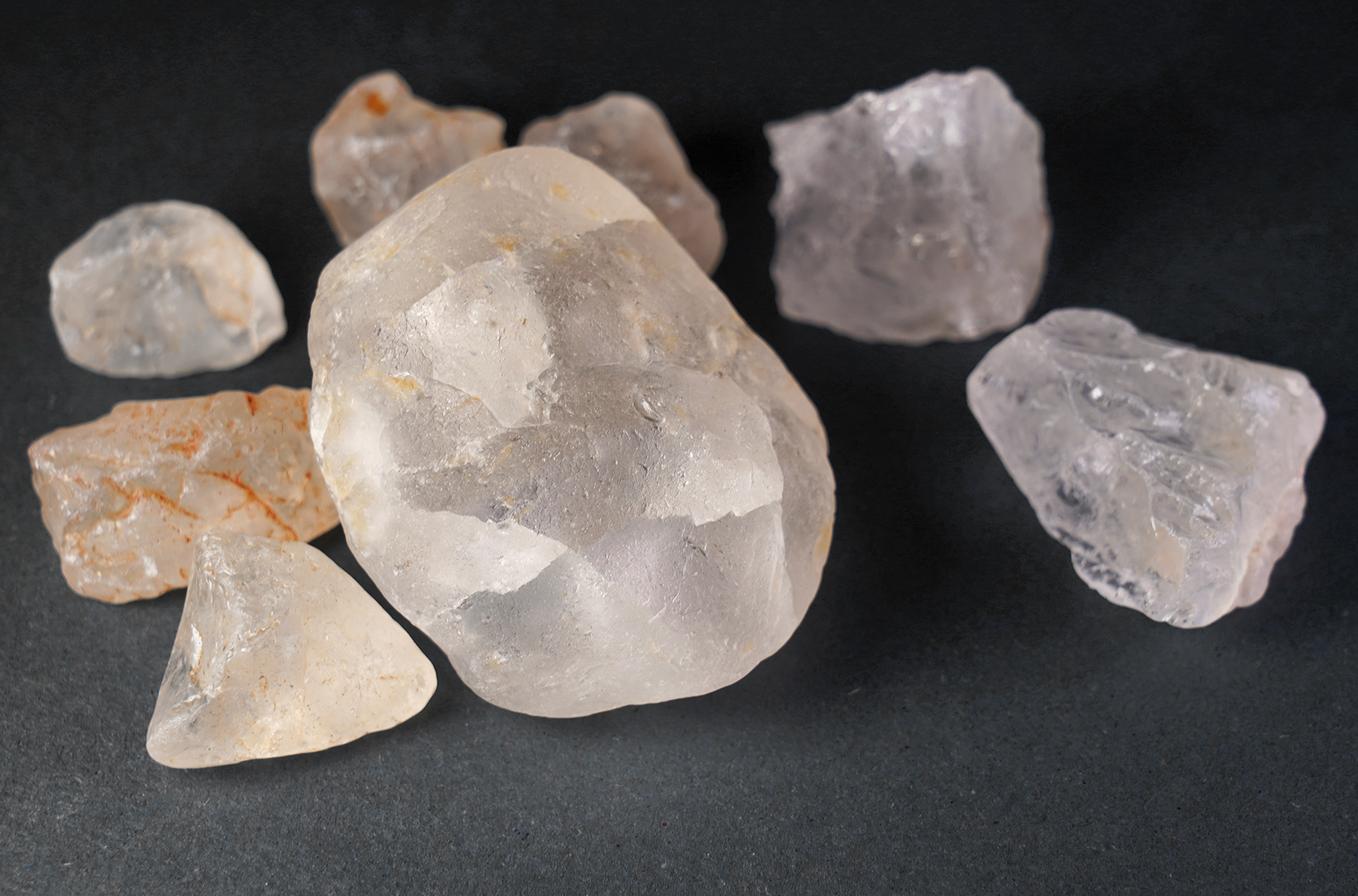How crystals are formed
The mineral industry will serve everyone in the way that is most acceptable to the individual. When choosing a crystal that's right for you, let's take a closer look to discover more about them. -Katrina Raphaell
Almost all crystals are formed by repeatedly adding new substances to a growing group of crystal crystals. Some crystals originate from magma or burning methane deep in the earth, or from volcanic lava flows close to the surface of the earth. These minerals, including quartz, are called igneous rocks or igneous rocks, and they form when molten material solidifies as it cools and hardens. As these lava swarms cool, the atoms swarm together to form a basic regular arrangement that determines the crystal's appearance and composition.
Some crystals grow in the steam that forms in the craters of volcanic areas. This type of crystal contains sulfur and is formed when hot mineral gas cools, condenses and condenses into a solid when steam emerges from the ground. Some crystals form in aqueous solutions or in symbiosis with organisms on the surface of the ground. These crystals are called sedimentary rock minerals and are formed through a process of physical and chemical weathering. Air, water, wind and ice are the main erosive factors in dissolving geology. These dissolved materials will eventually condense together and form random crystals. Calcite is one example.
Finally, the existing ores are crystallized again under the influence of high temperature and pressure in the lower crust of the earth to form new ores. The original structure and chemical composition of these metamorphic rocks have been changed. These changes reorganize the atomic arrangement, resulting in different structures, compositions and crystals. Garnet is an example of a metamorphic rock mineral.
No one really knows how long it takes most crystals to form. Some speculate that it takes thousands of years, while others believe that with the right ingredients, crystals can form in an instant. In any case, this is the secret of Mother Nature, who nurtures, brews and produces a wide variety of exquisite crystal crystals.
Mining of crystals
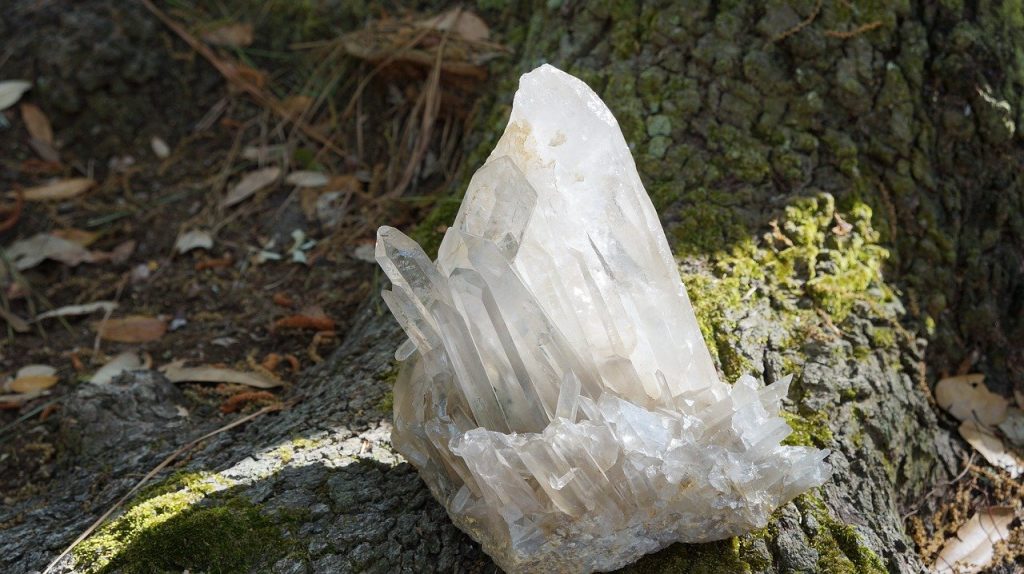
There are two main deposits where crystals are discovered and mined. The first is a rich vein of minerals from the ground. The grooves or holes in other rock layers are formed by the deposition and crystallization of mineral-rich solutions on them, forming veins that run through the rock layers. Crystals that grow in veins can be mined by amateurs with simple tools such as hammers and chisels, or on a large scale with expensive explosives and equipment.
The most abundant crystals are usually found in caves within the formation, which provide free space for growth. To mine hundreds of pounds of crystal, you sometimes have to drill and blast along veins deep into the ground. Quartz crystal is mined this way.
The second method of mining is to extract crystals deposited on coasts or river beds through panning. These alluvial deposits are made from fragments of veins that have decomposed and may contain topaz or diamond crystals. The most common method of mining alluvial deposits is to shake and sift a shallow pan of crystal gravel through water to separate the heavier gravel from the crystal. Once the two are separated, the crystal can be easily found and sorted. This form of mining is usually small-scale, but the same process can be repeated on a large-scale mining operation.
After being mined, crystals often need to be cleaned with powerful chemicals in order to replicate their natural beauty. After preparation, the crystals will find themselves in the appropriate mineral store or jewelry show, and then wait and attract the arrival of their Mr. Right.
The full text is excerpted from: Crystal Light Energy Enlightenment (book), not written by Lydia, I just typed it after reading the book!

